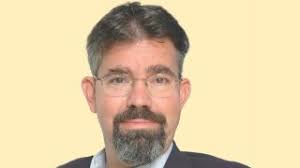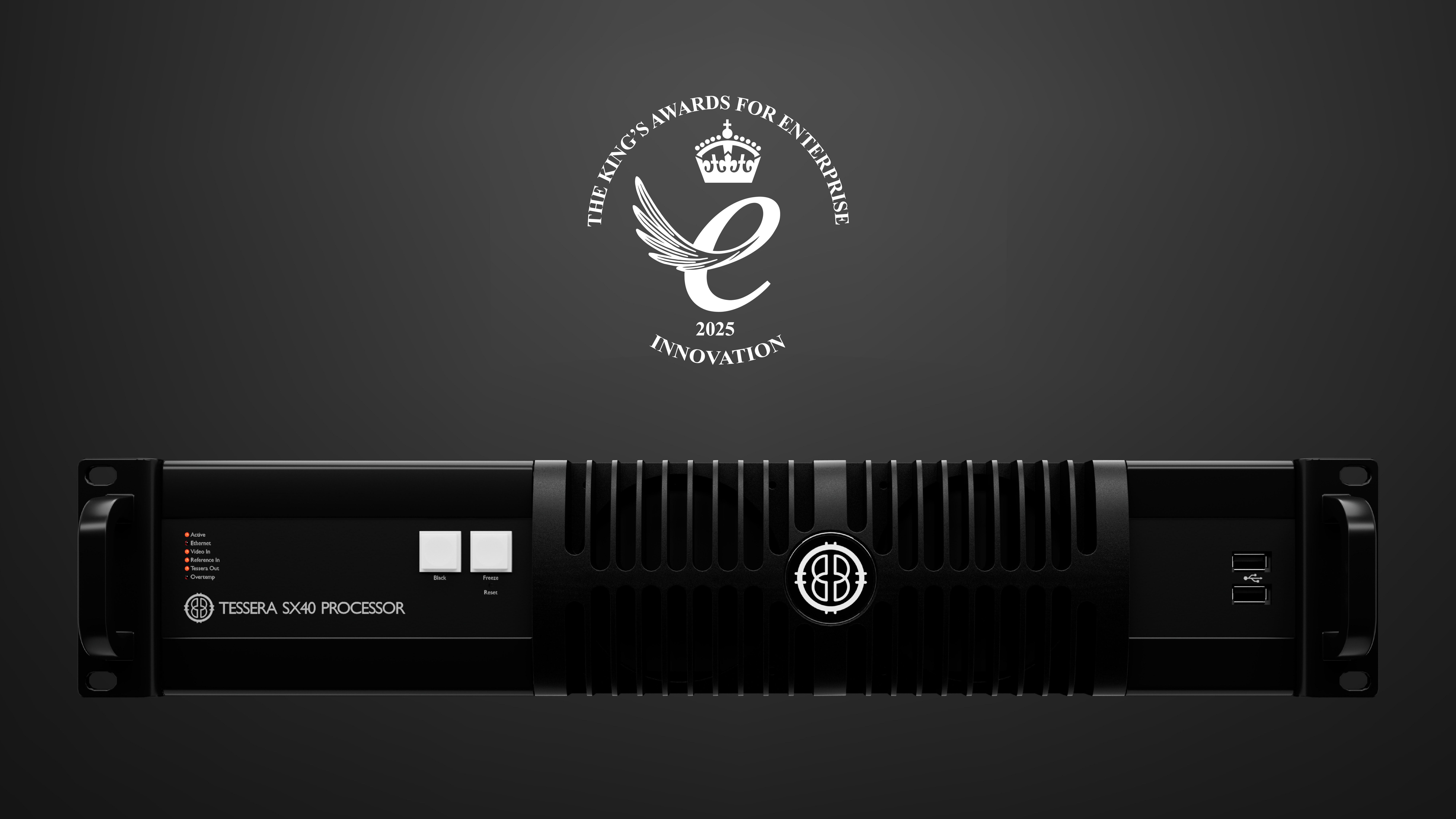One Media: DTS Boosts Broadcast Localism
Says FCC should adopt, but look beyond, modest changes

WASHINGTON—One Media, which is owned by advanced TV pioneer Sinclair, said the FCC should adopt the "modest" modifications to its plan for deployment of the ATSC 3.0 advanced broadcast transmission standard, but should also look to be a little less modest, including recognizing the value of distributed transmission to localism.
That came in comments on the FCC's recent NPRM.
One Media said that the commission should also consider 1) furthering maximization of broadcast coverage areas; 2) "[r]ecognizing the importance of this proceeding, and policies supporting the advancement of Next Gen TV services, to promoting localism and the ability of broadcasters to continue serving the public interests"; and 3) streamlining the licensing process.
The FCC voted unanimously in March to adopt a Notice of Proposed Rulemaking (NPRM) seeking comment on a broadcaster proposal to allow broadcasters greater flexibility in using distributed transmission systems (DTS) to deliver new ATSC 3.0 signals.
The FCC said, and broadcasters agreed, that allowing that flexibility with the new advanced TV broadcast standard would get those signals to hard-to-reach viewers, improve indoor reception and be more efficient with the spectrum, a big priority for the FCC.
The FCC's proposal is responsive to a petition by the National Association of Broadcasters and America's Public Television Stations to change the current DTS rules, which were adopted during the last transmission sea change—to digital, to allow for single frequency networks (the DTS systems comprise "two or more transmission sites located around a station’s service area, each using the same RF channel").
The item sought comment on whether and how to allow signals to exceed a TV station's service area by more than the current de minimis (minimal) amount. The FCC also wants input on the possible impact of extending the signals on other uses, including low-power TV stations and whether to extend the signals of current ATSC 1.0 signals as well. Broadcasters currently use translators to boost their signals at the fringes of the service area and in other areas where terrain weakens a signal, but translators usually use a different channel, while DTS use the same channel.
Get the TV Tech Newsletter
The professional video industry's #1 source for news, trends and product and tech information. Sign up below.
Computer companies, most notably Microsoft, have argued against the rule change, saying it could be "catastrophic" to its rural broadband rollout and arguing broadcasters could get what they want through existing rules. Microsoft is using the "white spaces" between TV signals to deliver it.
The FCC had signaled concerns about the DTS expansion to areas that could not be reached with a single antenna because it could undermine localism.
One Media begs to differ.
"[A]s the deployment of ATSC 3.0, and adoption of the proposed rules in the NPRM, together promote localism by allowing stations to provide better over-the-air coverage throughout the contour and the delivery of tailored local content to more viewers. Moreover, the recommended interference contour will prevent DTS stations from encroaching on the service of stations in adjacent markets."
It also said DTS will allow for "hyper" localization.
Contributing editor John Eggerton has been an editor and/or writer on media regulation, legislation and policy for over four decades, including covering the FCC, FTC, Congress, the major media trade associations, and the federal courts. In addition to Multichannel News and Broadcasting + Cable, his work has appeared in Radio World, TV Tech, TV Fax, This Week in Consumer Electronics, Variety and the Encyclopedia Britannica.

